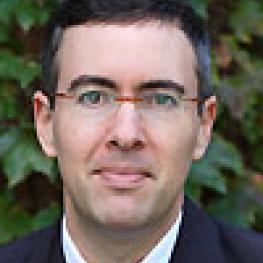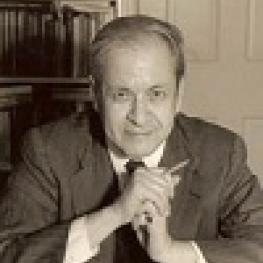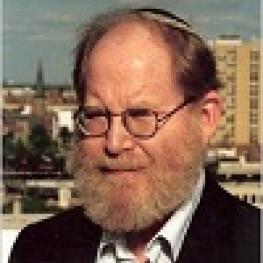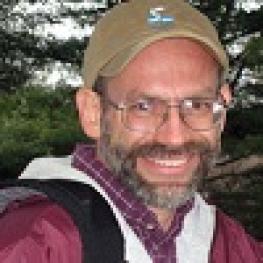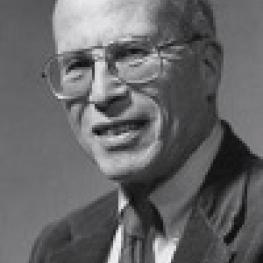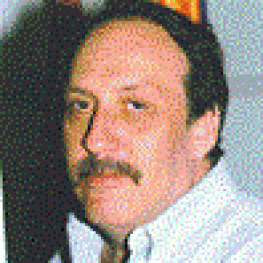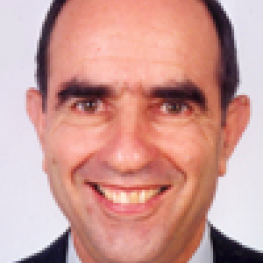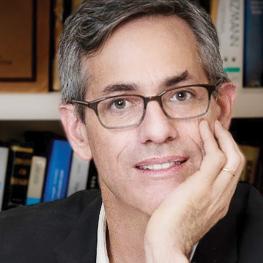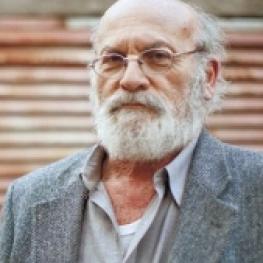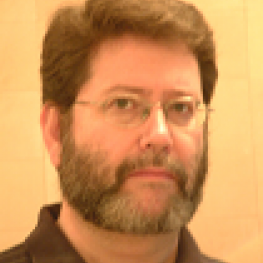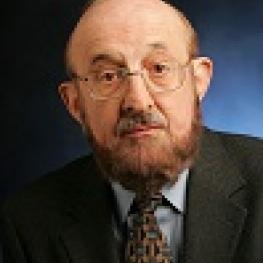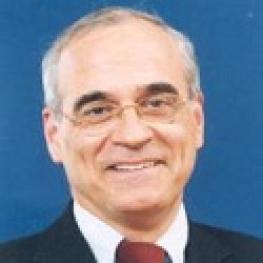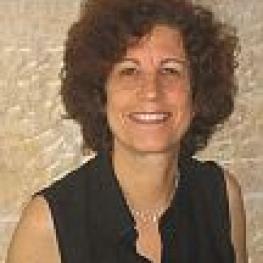History - Remembered, Recovered, Invented: Historical Memory and the Construction of Tradition

1994–1995
In the decade or so following the appearance of Yosef Yerushalmi’s Zakhor, scholars of Jewish history began to investigate more intensively the distinctive properties of, and putative boundary between, traditional memory and modern critical history. And they did so with a new spirit of self-reflection about their own methods. The goal of this year’s group was to take stock of this new research direction and attempt to create a common scholarly language to analyze it. The group included the kind of mix that has become so characteristic of the Center—junior and senior scholars, medievalists and modernists, Israelis and Americans, the light-hearted and the sober. The weekly seminar was an intense, demanding, and stimulating exchange of ideas among fellows, enhanced by the participation of regular guests of the caliber of Judah Goldin (z”l) and Moshe Greenberg. But the real intellectual traffic flowed in and out of the Center’s hallways, detouring in and out of offices and spilling over into lunch and dinner. The combination of erudition and amiability, nurtured by spectacular staff support, made this group a particularly tight-knit and cohesive one. The final products of the year—the Gruss colloquium and the published volume, The Jewish Past Revisited (1998), edited by David Myers and David Ruderman—pulled individual scholars into a more or less coherent whole. At the same time, as a series of learned meditations upon our scholarly predecessors, the conference and the volume contributed an important chapter to the history of Jewish historiography and scholarly self-reflection.
